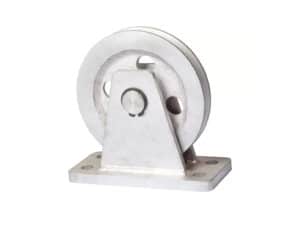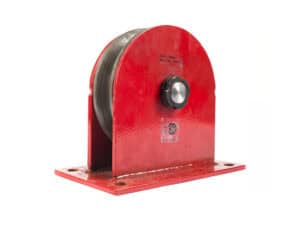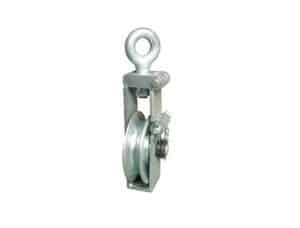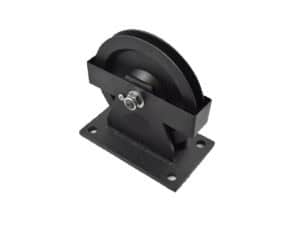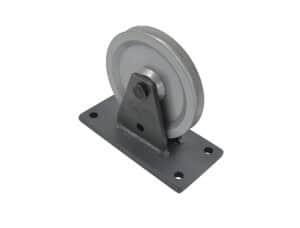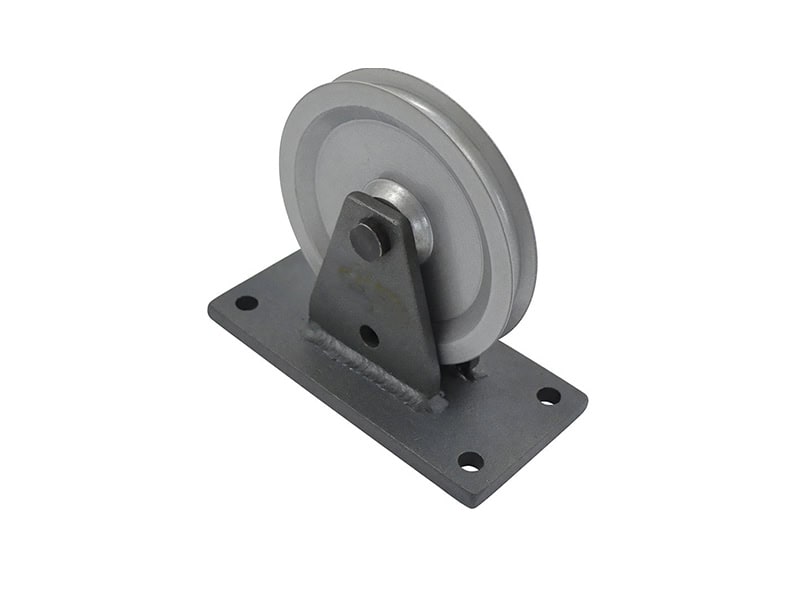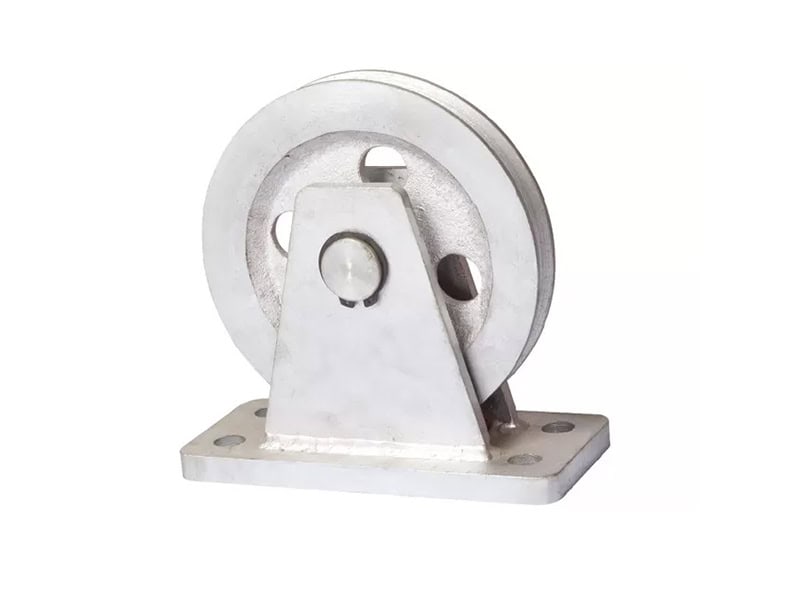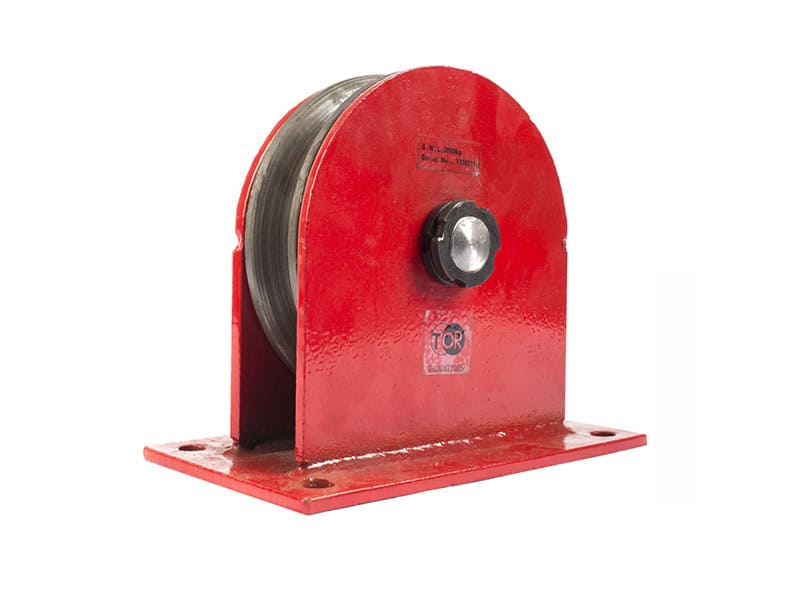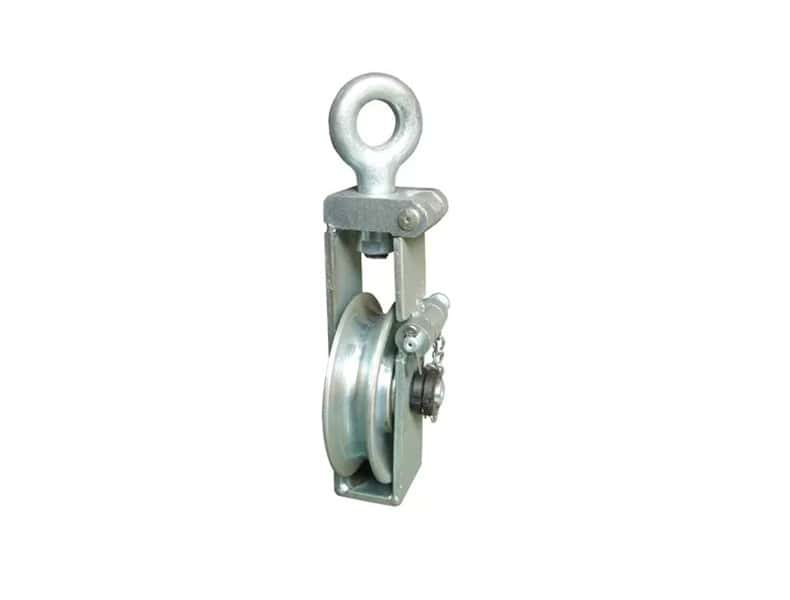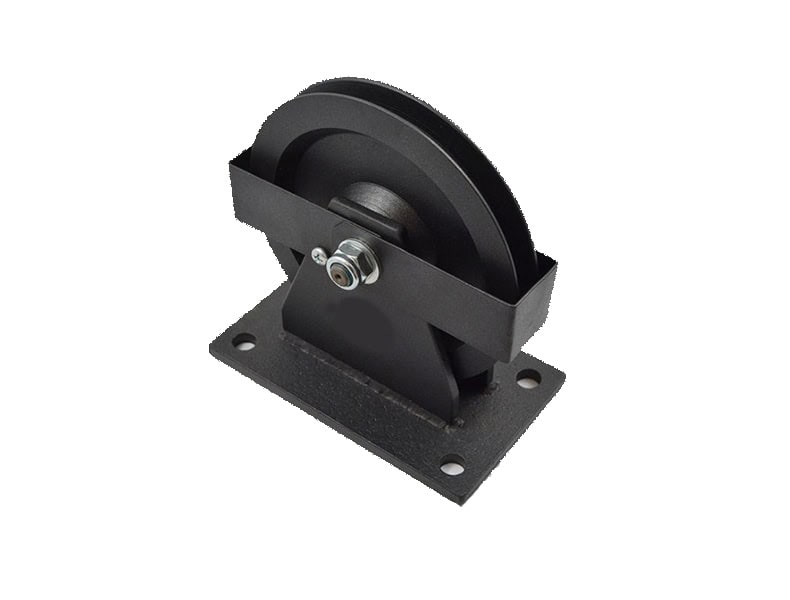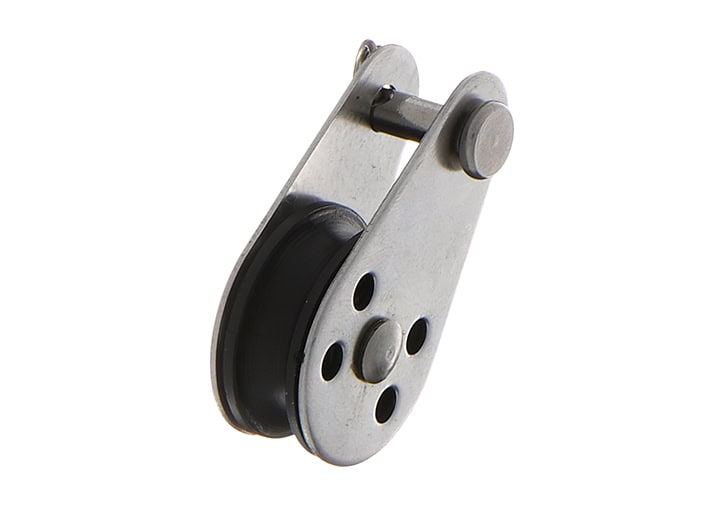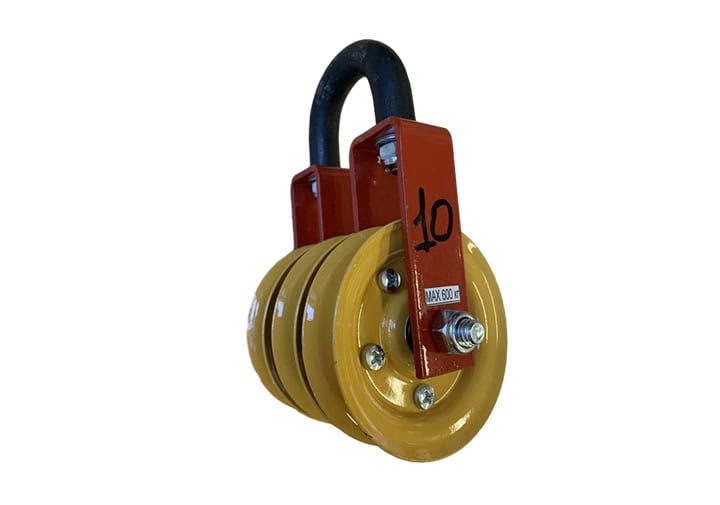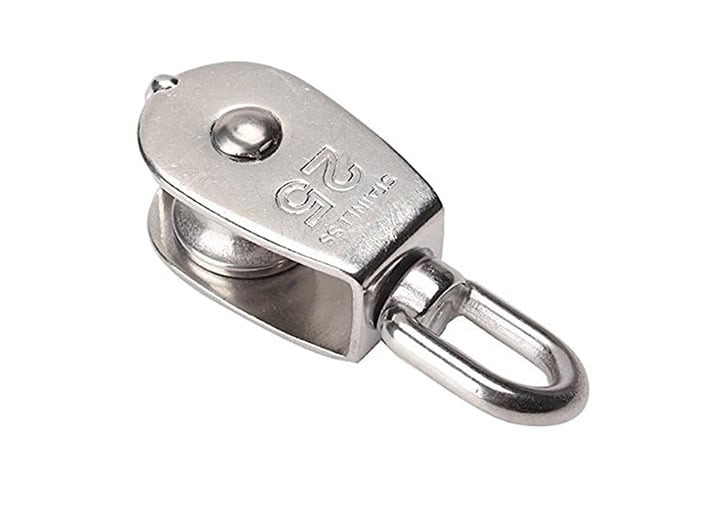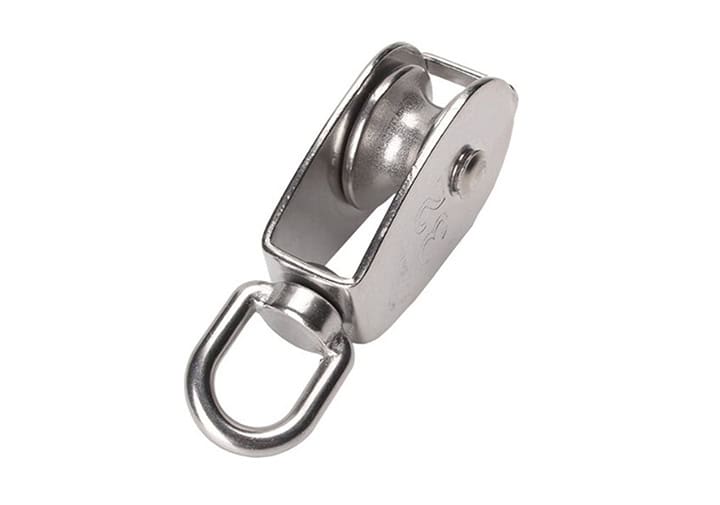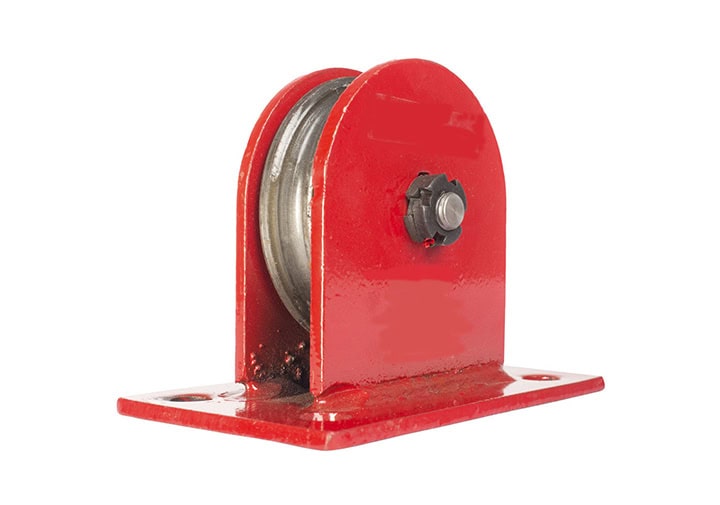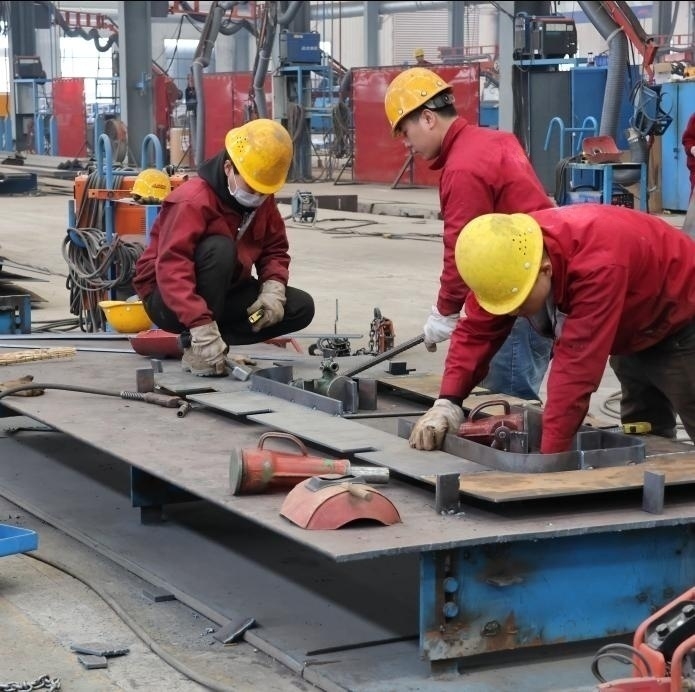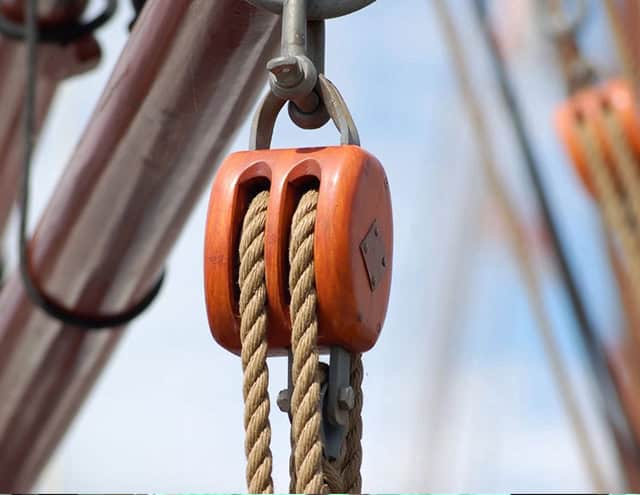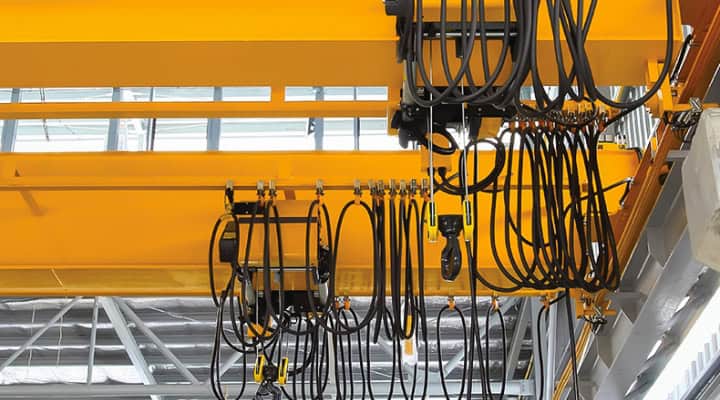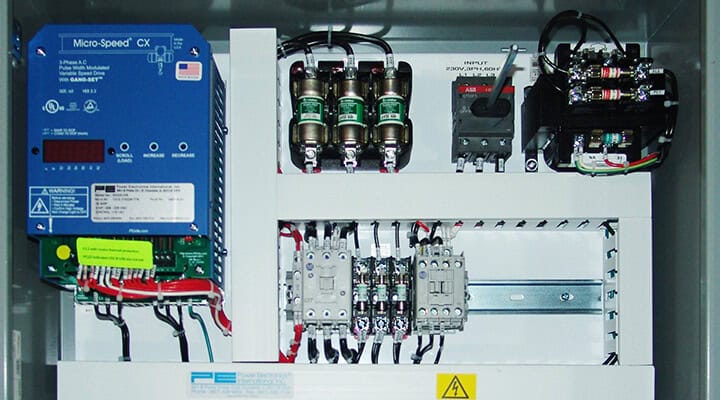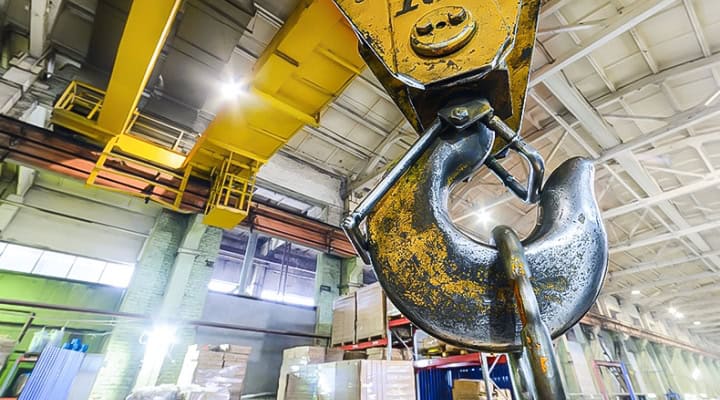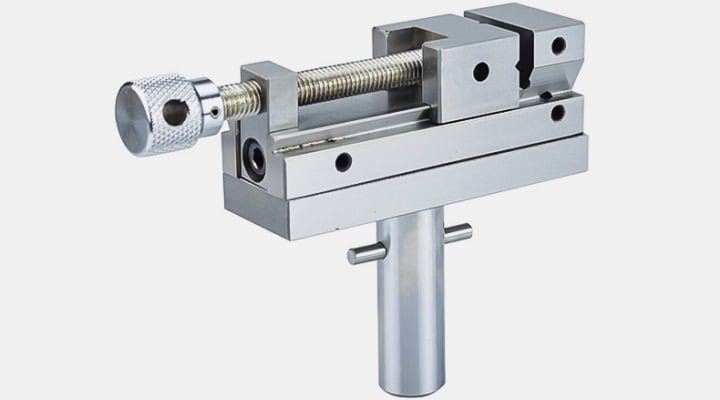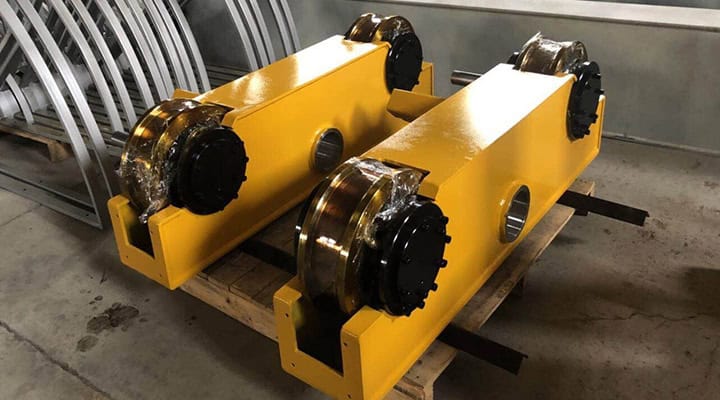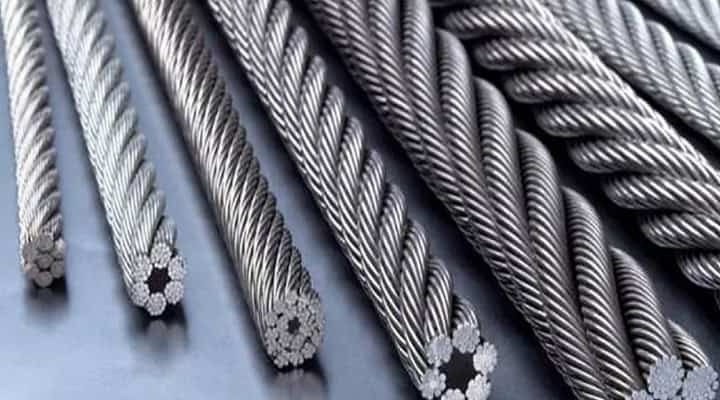Crane pulley blocks give direction to the rope as it is loaded, and they are able to increase the line pull or lifting capacity of a winch or winch by increasing the amount of line. A pulley block is an assembly consisting of a hook or shackle, swivel, bearings, pulleys, sprockets, pins, and frame. They are suspended by hoist ropes or load chains and are suitable for a variety of lifting applications. Blocks are typically attached to other lifting and rigging hardware using eye hooks, angled hooks, or grab hooks. Pulley block shackles are U-shaped pieces of metal with pins or bolts in the opening, or hinged metal rings, secured with a quick-release locking mechanism. Pulley rotation allows torsional rotation in one or more planes. It is suitable for hanging heavy objects and reducing the weight of heavy objects. Use gravity and slide to boost.
A pulley block is a grooved wheel or pulley that, when used with a rope or chain, changes the direction and point of application of pulling force. A pulley block sprocket is a means of gear designed to transmit power, the teeth of which engage the links of a chain. There are several different types of block pins. Choices include Toggle, Cotter Pin, Coil Pin, Pin, Slotted Pin, Hinge, Knurled Pin, Coil Pin, Shear Pin, Spring Pin, Straight Pin, Taper Pin, or Tension Pin. Selecting a pulley block requires an analysis of the available product types and component sizes. Most suppliers of pulley blocks specify products by application or characteristics. Choices include cargo blocks, deck blocks, crane blocks, pulley blocks and bottom blocks. Parameters for lifting block shackles include pin or bolt diameter, hole diameter, eye width, bow width, eye width, inside length, bow inside width, eye outside diameter (OD), approximate weight, and estimated weight per hundred.






